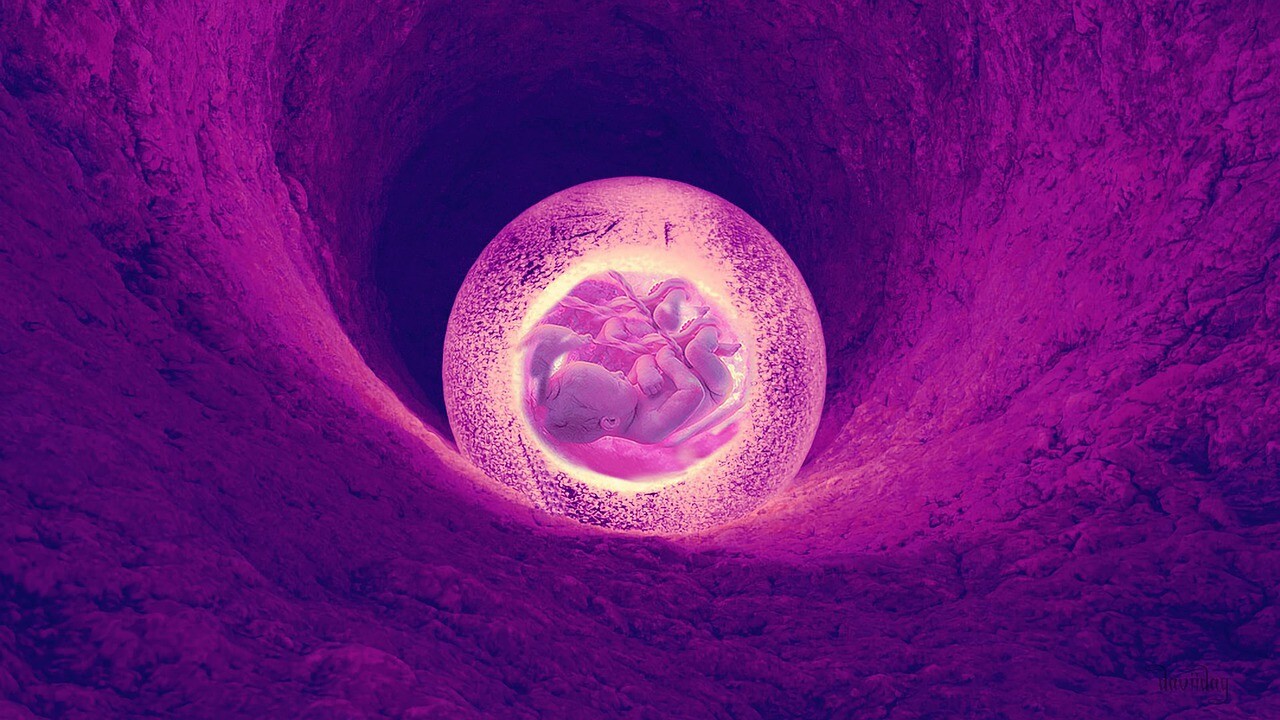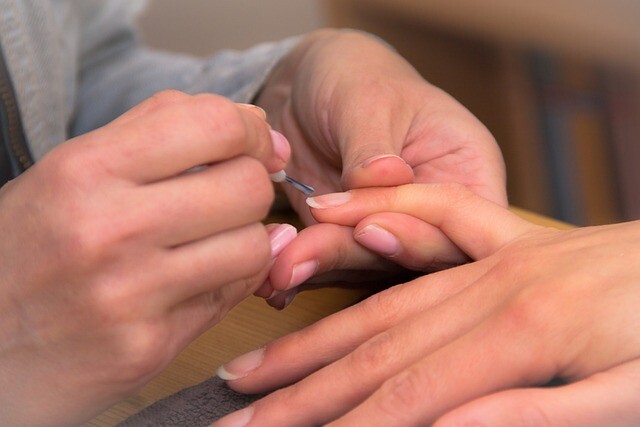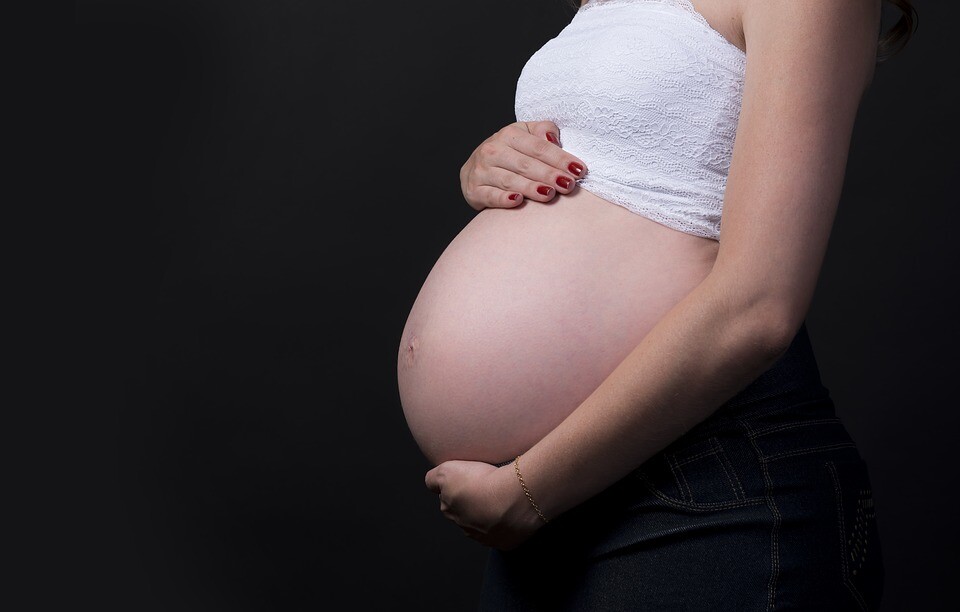An artificial womb can help hundreds of thousands of premature children
Scientists have created a so-called artificial womb in the hope that one day they can use the device to save premature babies. So far, however, the new invention has only been tested on lamb fetuses, which developed excellently during the time spent in the artificial womb. A lot of time will have to pass before the device can be used on humans, because in addition to medical aspects, ethical concerns also arise.

According to a study involving eight animals published Tuesday, the device appears to be effective in allowing extremely premature fetuses to develop normally for about a month.
"In our lamb model, replacing the conditions in the womb was extremely successful," said Alan Flake, a fetal surgeon at the Children's Hospital of Philadelphia who led the study, published in the journal Nature Communications. “They had normal growth, normal lung maturation and normal brain maturation. Their development was normal in every way we could measure,” Flake said.
According to him, the group hopes to be able to test the device on extremely premature human babies within three to five years.
Life in an artificial womb
The device looks like a clear plastic bag filled with synthetic amniotic fluid. The machine outside the bag attaches to the umbilical cord and acts like a placenta, delivering nutrients and oxygen to the blood and removing carbon dioxide that escapes.
"The whole point of research is to support normal development; to recreate in every possible way what a mother's body is capable of," Flake explained.
Researchers hailed the advance, saying it could help thousands of premature babies a year if human tests prove successful.
A premature lamb
In the artificial uterus lies a 107-day-old lamb fetus, which corresponds to a 23-25-week-old human fetus.
Jay Greenspan, a pediatrician at Thomas Jefferson University, called the device a technological marvel, saying it was a "huge step to try something we've wanted to do for years."
According to the researchers, the device could also help scientists learn more about normal fetal development.
The device used in the fetal lamb experiment is kept in a dark, warm room where researchers can monitor the fetus with ultrasound.
Previous research has shown that sheep fetuses are good models of human fetal development.
"If we can just use this device as a bridge for the fetus, the experiment will have been worth the effort," Flake said.
Ethical concerns arise
But others say the device raises ethical questions, including many questions about whether it would ever be acceptable to test the device on humans.
"There's a lot of potential for stress and pain associated with the intervention, and initially there's not much chance of success," said Dena Davis, a bioethicist at Lehigh University.
According to Alan Flake, ethical concerns must be balanced against the risk of death and severe disabilities, which are quite common in premature babies. A healthy pregnancy lasts about 40 weeks. This device would be designed for those born in the 23rd or 24th week of pregnancy. Only about half of such babies survive, and 90 percent suffer from serious complications. About 30,000 babies are born earlier than 26 weeks' gestation each year in the United States, according to researchers.
"If there's a difference between a baby dying relatively peacefully or with a lot of stress and discomfort, I don't think it's really that good of a solution ," Davis said.
And even if it works, the bioethicist worries that this new invention could blur the line between the concept of a fetus and an infant. "Until now, we have either been born or we have not been born. It would be difficult to decide whether such a premature fetus, which is taken out of its mother's womb to be attached to a machine by doctors to further guarantee its development, was born or not," he said.
Some fear that others may develop this technology further. Other scientists are already keeping embryos alive in laboratories longer than ever before and trying to create human sperm, egg cells, and even embryo-like creatures from stem cells. One such group recently created an artificial version of the female reproductive system.
There is also a risk that such tools are used coercively. According to Scott Gelfand, a bioethicist at Oklahoma State University, states could theoretically require women seeking abortions to place their fetuses in an artificial womb.
"Employers could also require female employees to use artificial wombs to avoid maternity leave," he added. "Insurers could equally require the use of the device to avoid funding costly pregnancies."
According to Barbara Katz Rothman, a sociologist at the City University of New York, more should be done to prevent premature births. She worries about the technological transformation of pregnancy. “The problem is that a baby raised in a machine is denied human contact,” says Rothman.
Flake confirmed that it is not in his team's interest to try to deliver a fetus earlier than the 23rd week of pregnancy. "I want to be clear: we do not intend and have never intended to push the limits of viability with this technology any further," Flake said.
(Source: marmalade.co.hu; hirado.hu | Image: pixabay.com)





















